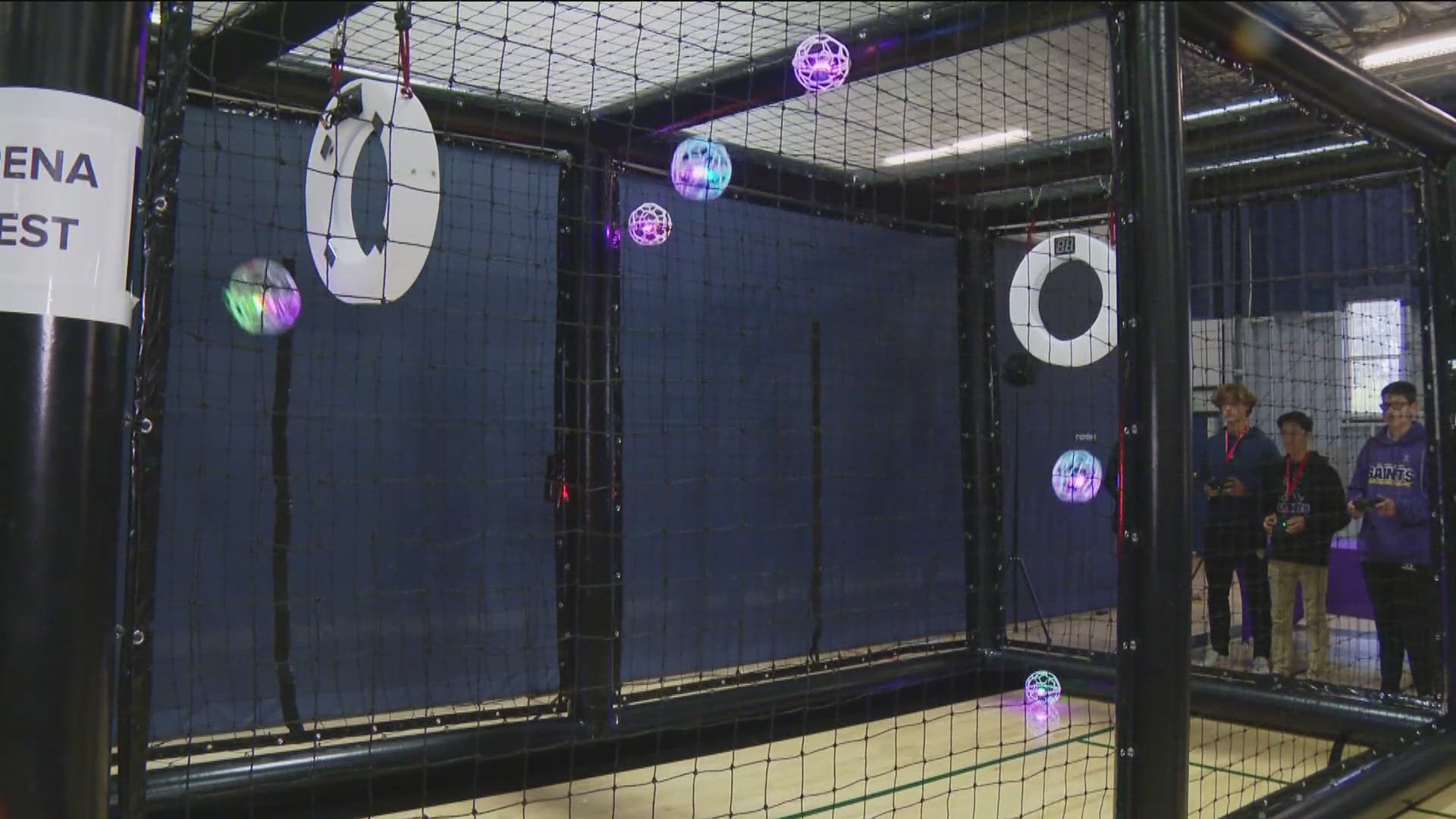SAN DIEGO — The San Diego County Board of Supervisors unanimously approved a plan on Wednesday to reduce air pollution and improve health in the region’s portside neighborhoods — Barrio Logan, Logan Heights, Sherman Heights and western National City — by studying the types of trucks and cars driving through them.
The study would create a local “inventory” of air pollution and the types of vehicles expected to be emitting it. The inventory would then allow the county to more accurately target $18 million in incentives to encourage people to change from high-polluting vehicles and equipment to less-polluting types, thus reducing pollution and improving health.
The study approved by the board at its Wednesday meeting will use automated license plate reader software to allow the County’s Air Pollution Control District to analyze information about the types, makes, models, age and fuel type of cars and trucks driving in the portside neighborhoods.
A state grant will pay for the $5,500 automated license plate reader system, which will collect license plate numbers and vehicles' weight, make and model.
The license readers will not include any personal information such as owners’ names and addresses. No information will be shared with any other agencies, including law enforcement. All information collected will be deleted within three days of completing the analysis.
The portside neighborhoods, communities disproportionately harmed by air pollution because they’re near ports, shipping, freeways, rail yards, freight, warehouses and industries, were among the first 10 selected earlier this year by the state to be part of California’s Community Air Protection Program. The California Air Resources Board created the program in response to California’s passage of Assembly Bill 617 in 2017, which aimed to help local communities threatened the most by air pollution.
The County’s Air Pollution Control District has historically monitored regional air quality. However, the district started monitoring, for the first time, the local “community level” air quality in those portside communities in March, using $2.5 million from the California Air Resources Board, to cut air pollution.
That work included placing multiple monitors in the four neighborhoods, using “mobile” air monitors mounted in low-polluting Toyota Priuses driving throughout the neighborhoods; collecting air quality data; and using the district’s air quality improvement projects to reduce pollution.
Supervisor Kristin Gaspar said she appreciated the reassurances
relating to privacy.
"I believe that we have the best intentions with this program," Gaspar said.
Supervisor Nathan Fletcher said no group of children should be "eight times more likely to develop asthma because of where they live or the color
of their skin."
"We have to take swift, bold action and spend money in a way that represents the greatest investment," Fletcher said, adding he hopes this program gets underway quickly.



